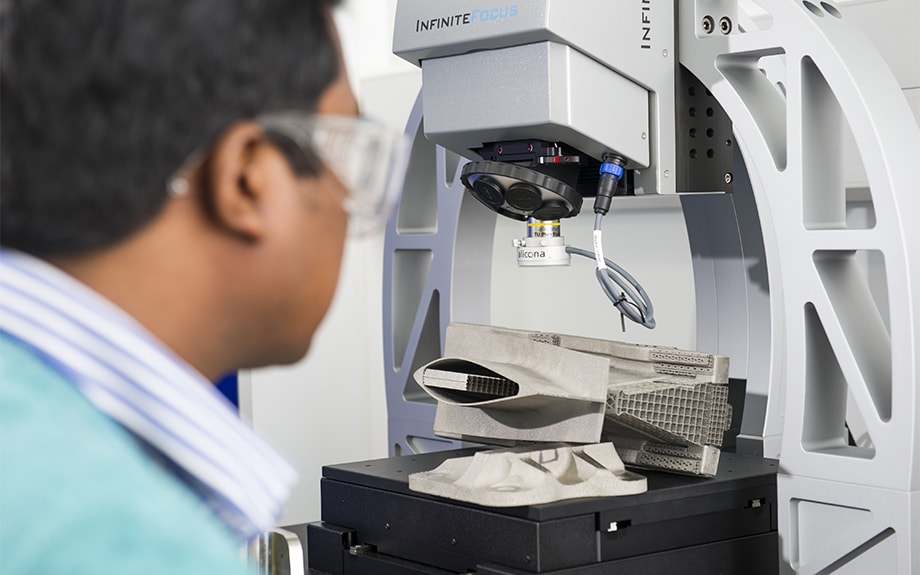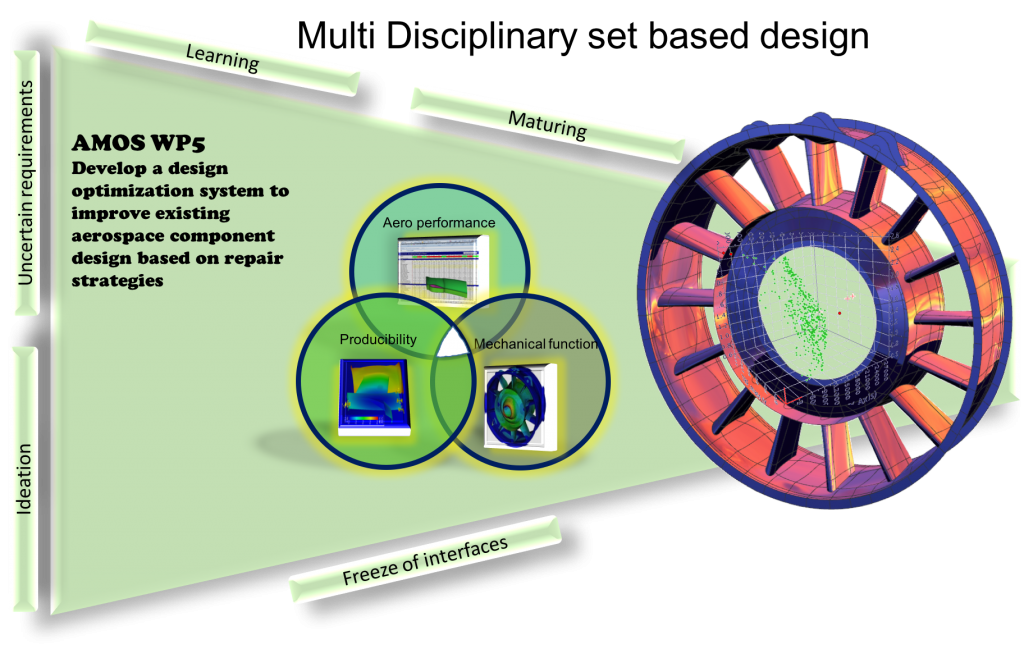Three years in, and the Additive Manufacturing Optimisation and Simulation (AMOS) project is making progress. The aim of this project is to develop directed energy deposition (DED) for the repair of components used in aerospace. Recently, the Canadian/European consortium was called to present its findings at the opening of the new UK Nuclear Advanced Manufacturing Research Centre (AMRC) Midlands in Derby. An estimated 150 regional manufacturers and stakeholders, including Rolls-Royce and multinational aerospace and transportation company Bombardier, were present at the event.

Aerospace-grade 3D printing for repairs
Established in 2016, the EU-Canadian funded AMOS project includes the participation of the University of Sheffield Advanced Manufacturing Research Centre (AMRC), École Centrale de Nantes (ECN), GKN Aerospace, Digital Product Simulation, McGill University in Quebec, the Liburdi Group, the University of Ottawa, and Pratt & Whitney Canada (PWC). Speaking at the time of its founding Dr. Rosemary Gault, European project coordinator at the University of Sheffield AMRC, an AMOS project member, laid out its objectives as follows: “There’s a host of additive manufacturing technologies available to aerospace manufacturers, but they tend to be focused on new production rather than repairing damaged parts.”
“The AMOS project is bringing together some of the world’s leading research organizations and companies to identify which additive technologies are best suited for repair and remanufacture, and develop them for commercial use.”
As such, the consortium has identified three areas of development for the technology: Materials, Repair Process Planning and Simulation, and Design Optimization.
Material characterization tests are being undertaken variously by ECN, Liburdi, McGill and the University of Sheffield. GKN, meanwhile, is leading efforts in design optimization. For the third Planning segment, so far McGill University have published a thesis relating to a software tool created for this purpose. Validated with real components provided by partners, this tool is reportedly capable of digitally “analyzing and reconstructing the damaged area.”

Recent findings from project AMOS
The new Nuclear AMRC Midlands facility is part of the UK’s High Value Manufacturing Catapult, a “Catalyst for the future growth and success of manufacturing in the UK.” It was launched in February 2019, and will work as incubator for new manufacturing technologies. Focusing on “digitalisation” these technologies should also be flexible, compatible with reconfigurable Factory of the Future models such as the University of Sheffield’s Factory 2050.
Presenting at the center’s inauguration, key AMOS project developments included: “additive manufacturing in a variety of polymers and metals, intelligent welding tools being developed through the Nuclear Innovation Programme” and “innovative sensors for aircraft.”
Vote for your Research Team of the Year in the 2019 3D Printing Awards.
For more information on the latest trends in additive manufacturing subscribe to our 3D printing newsletter and follow us Facebook and Twitter. Visit our 3D Printing Jobs board to find out more about opportunities in additive manufacturing.
Featured image shows the 3D printed titanium optical ice detector. Photo via GKN Aerospace.

